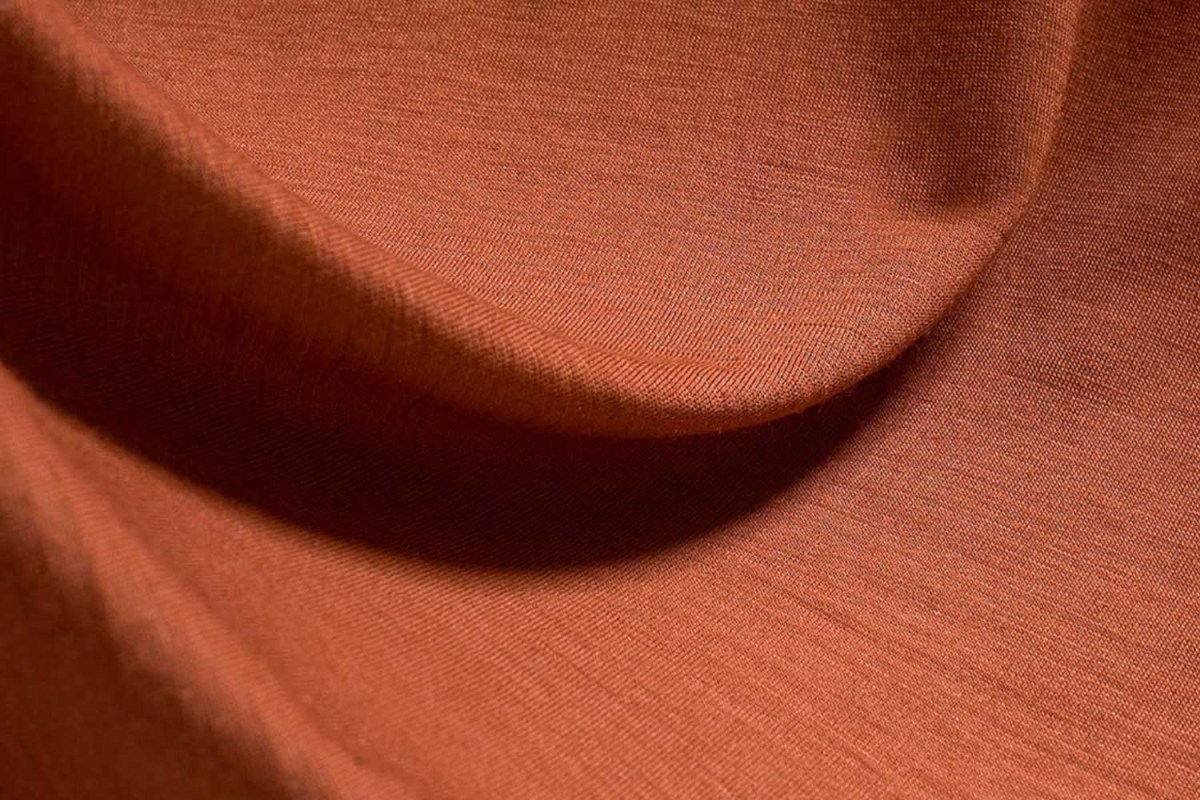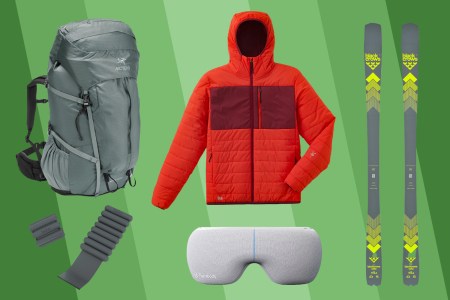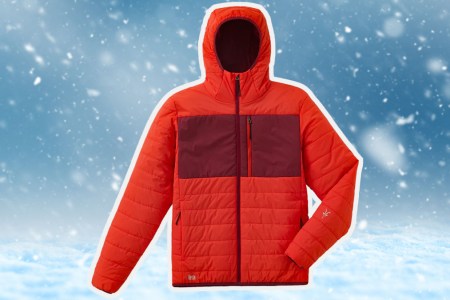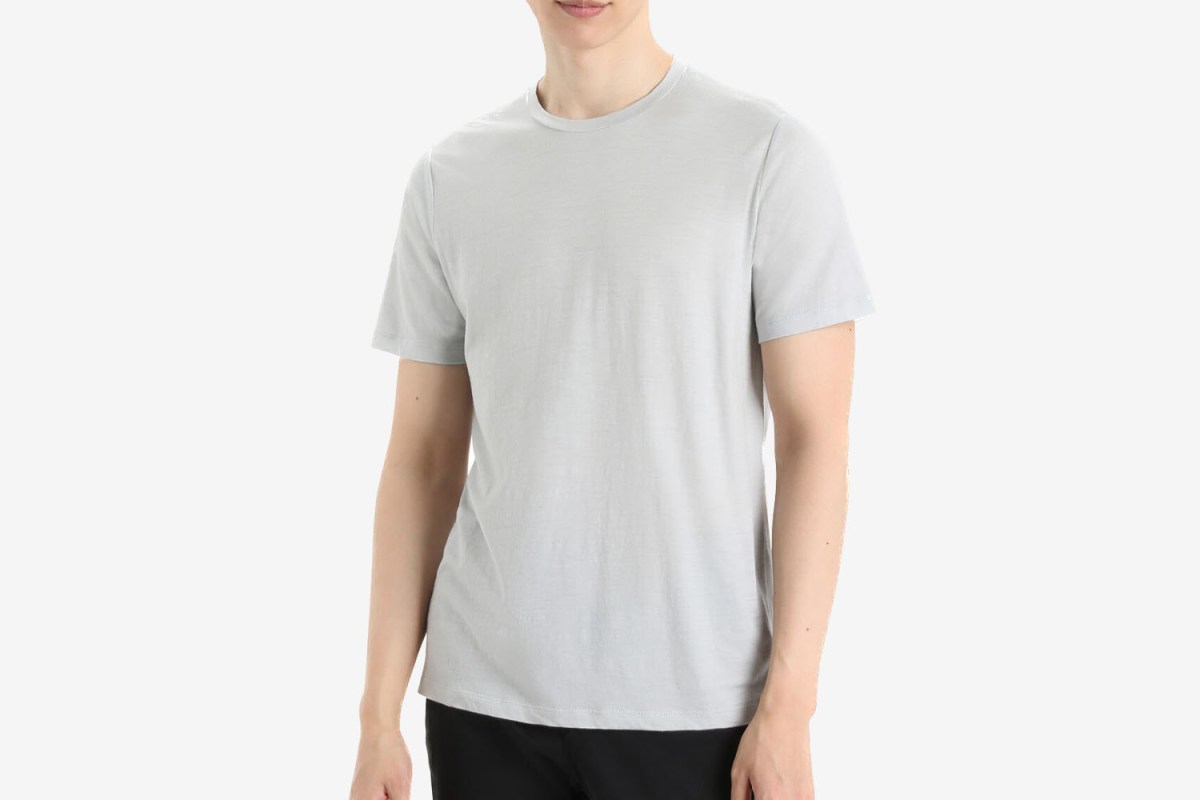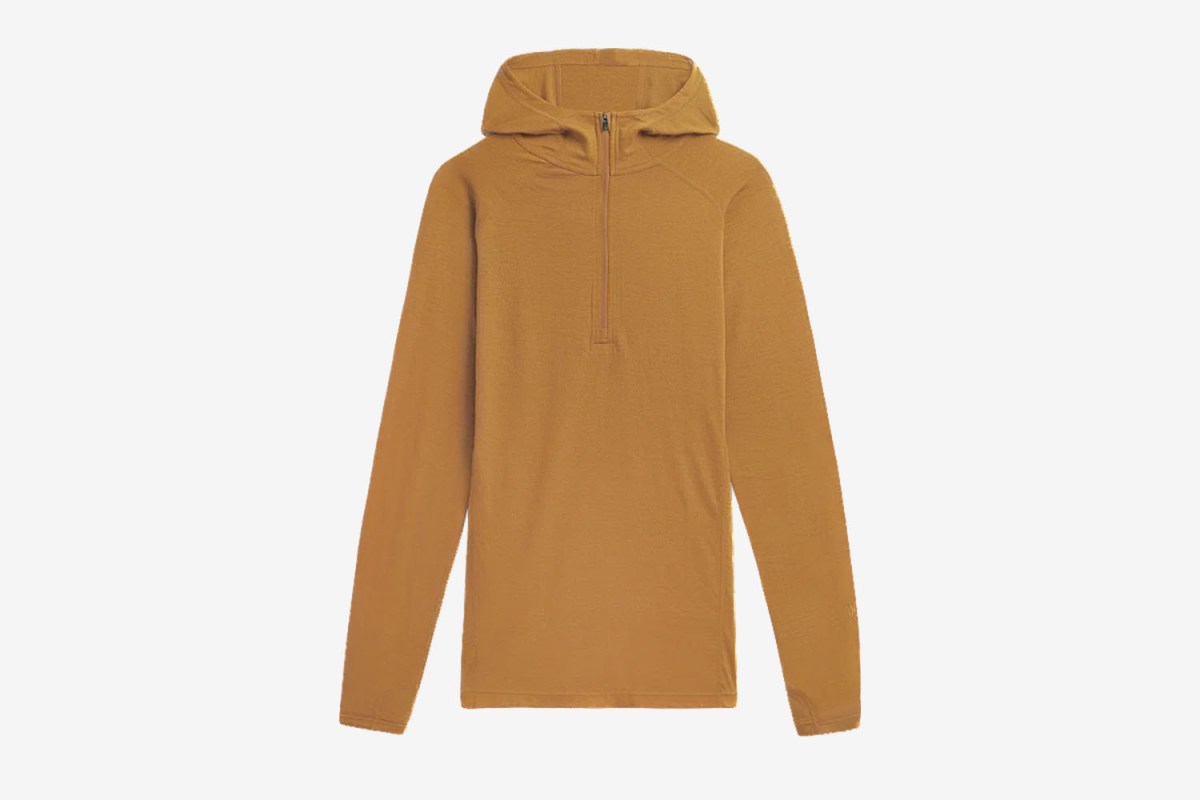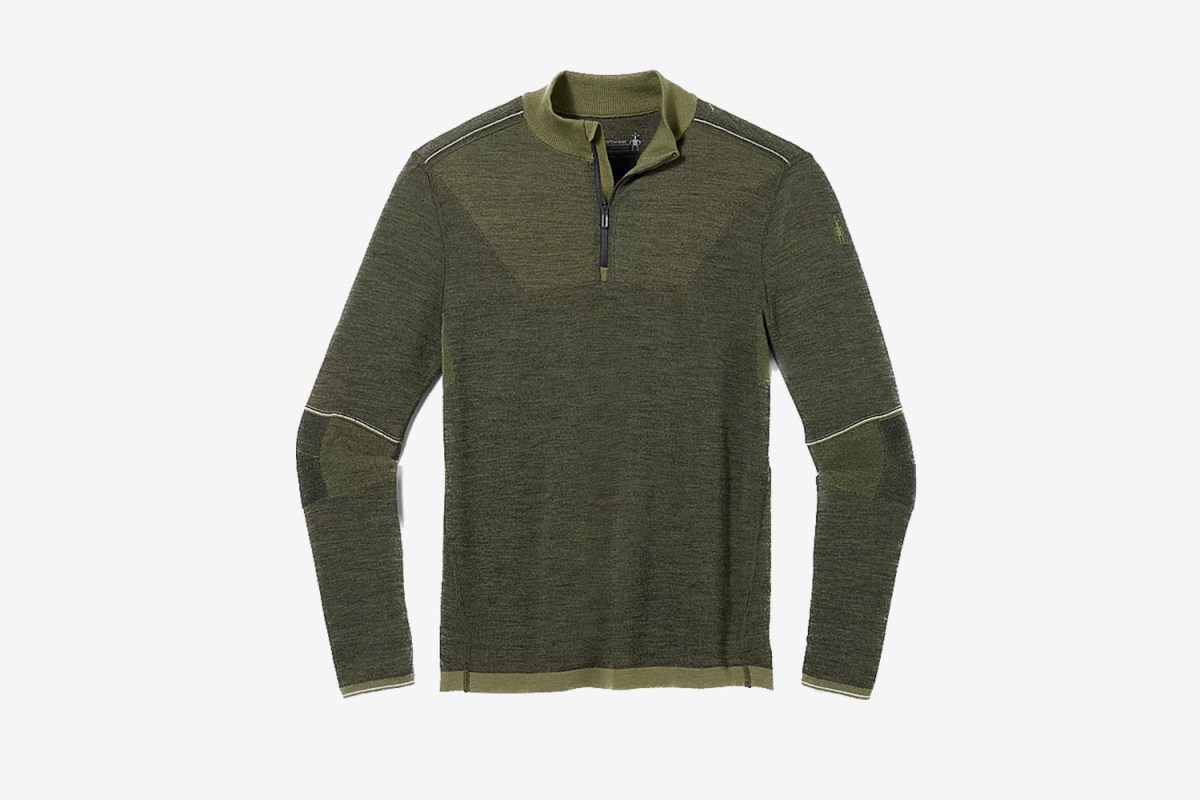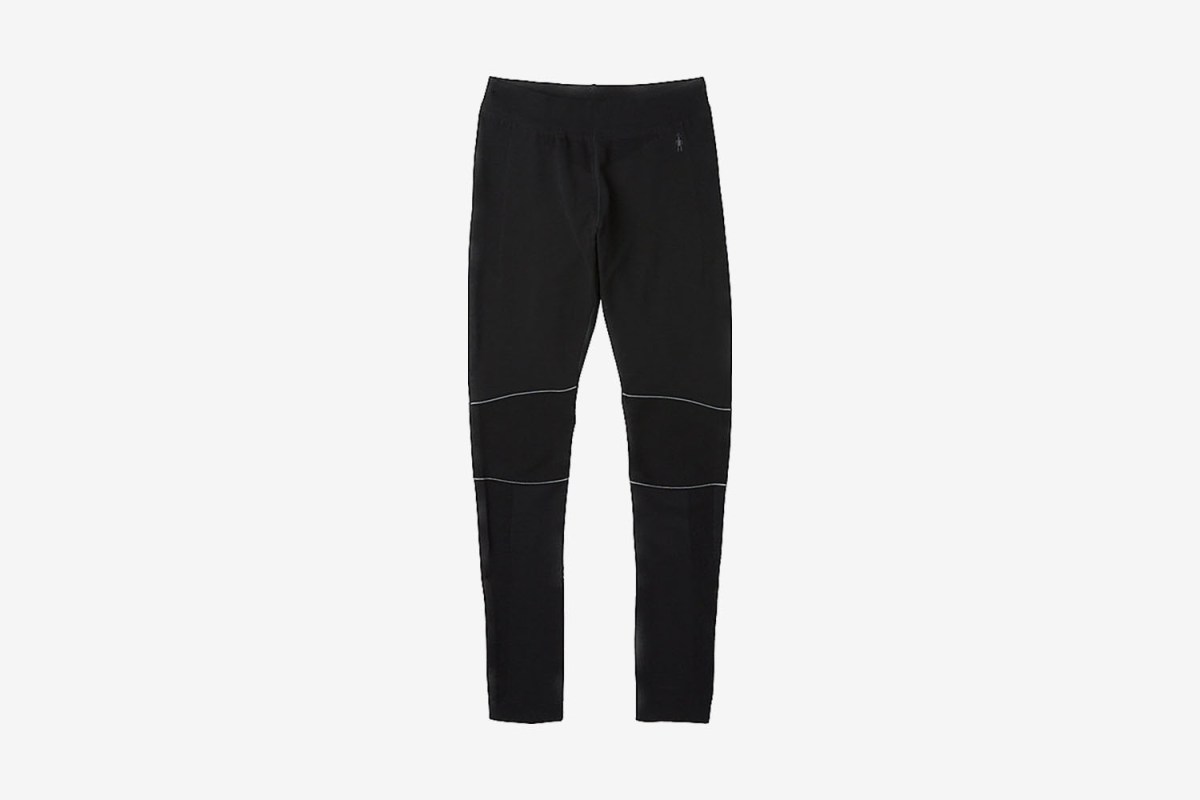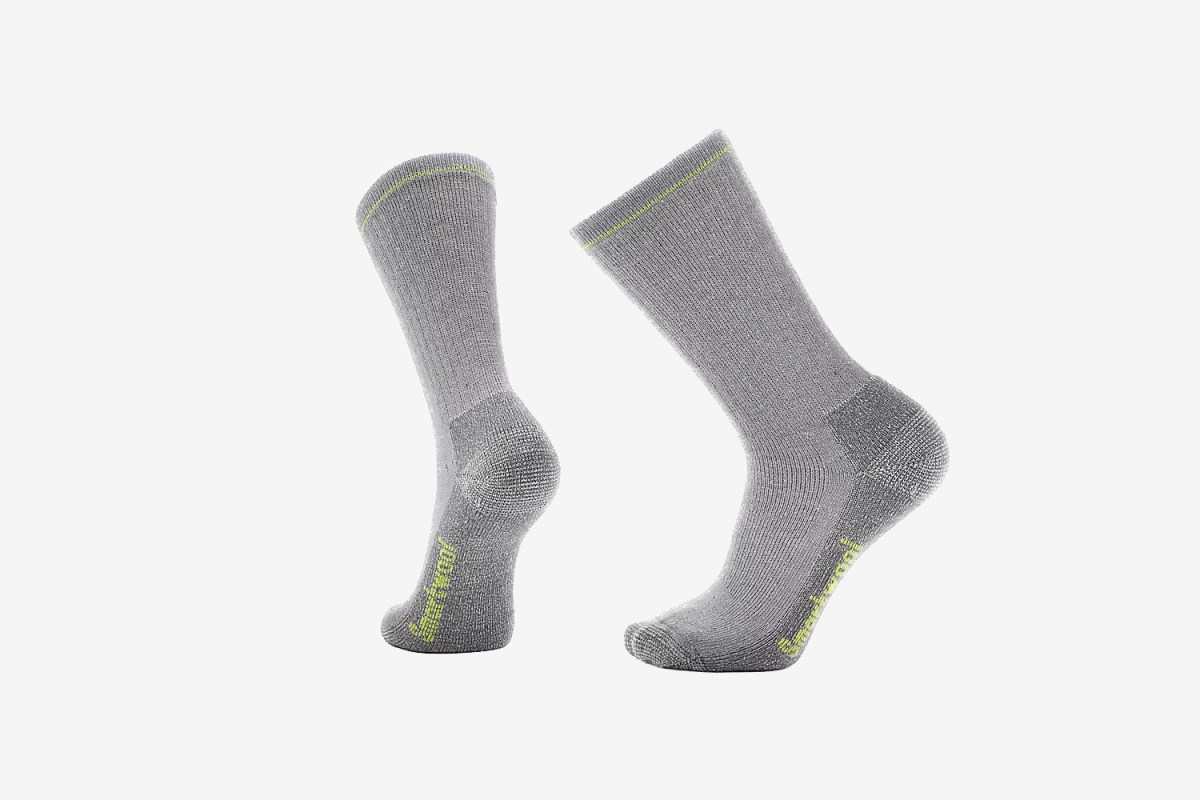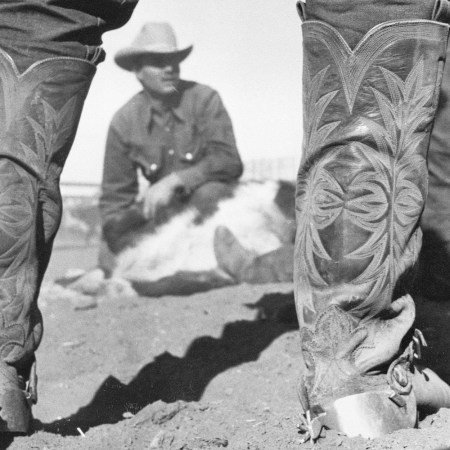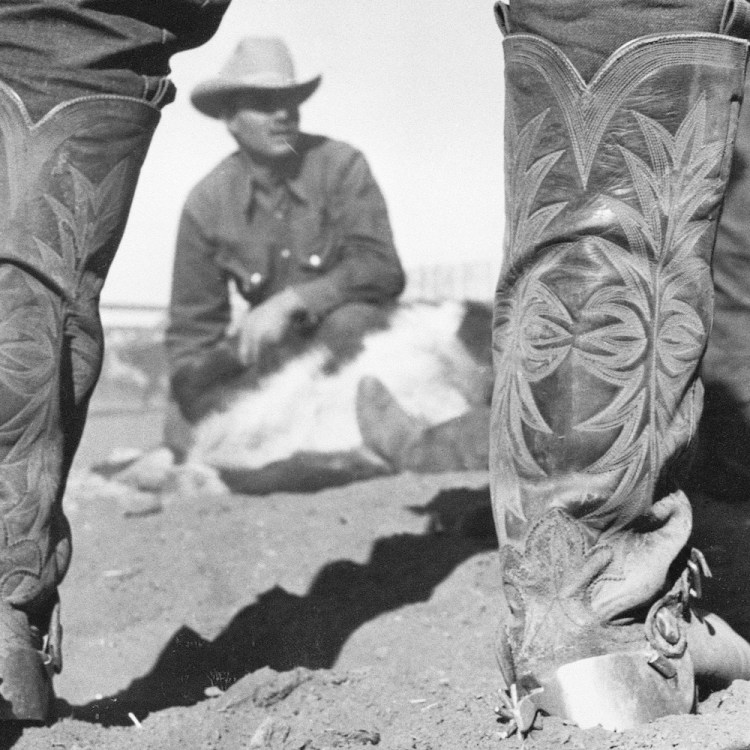Nota bene: All products in this article are independently selected and vetted by InsideHook editors. If you buy something, we may earn an affiliate commission.
With the continued embrace of all things Gorpcore and outdoor style, more clothing companies are flocking to Merino wool as a textile to craft performance apparel that will last the test of time.
The 30 Best Gifts for the Outdoor Fanatic, Cardio Junkie or Otherwise Active Person
Some people just want to get after it. Here’s what to give them.Demand for the material is way up, with no signs of slowing down. Where an original group of three companies is still dominating the Merino wool landscape, other innovators are emerging to improve upon the performance and durability capabilities of the material.
Merino is certainly having a moment, so it’s worth taking a closer look at this special type of wool to better understand why it’s so valued and where it’s headed.
A Brief History of Merino Wool
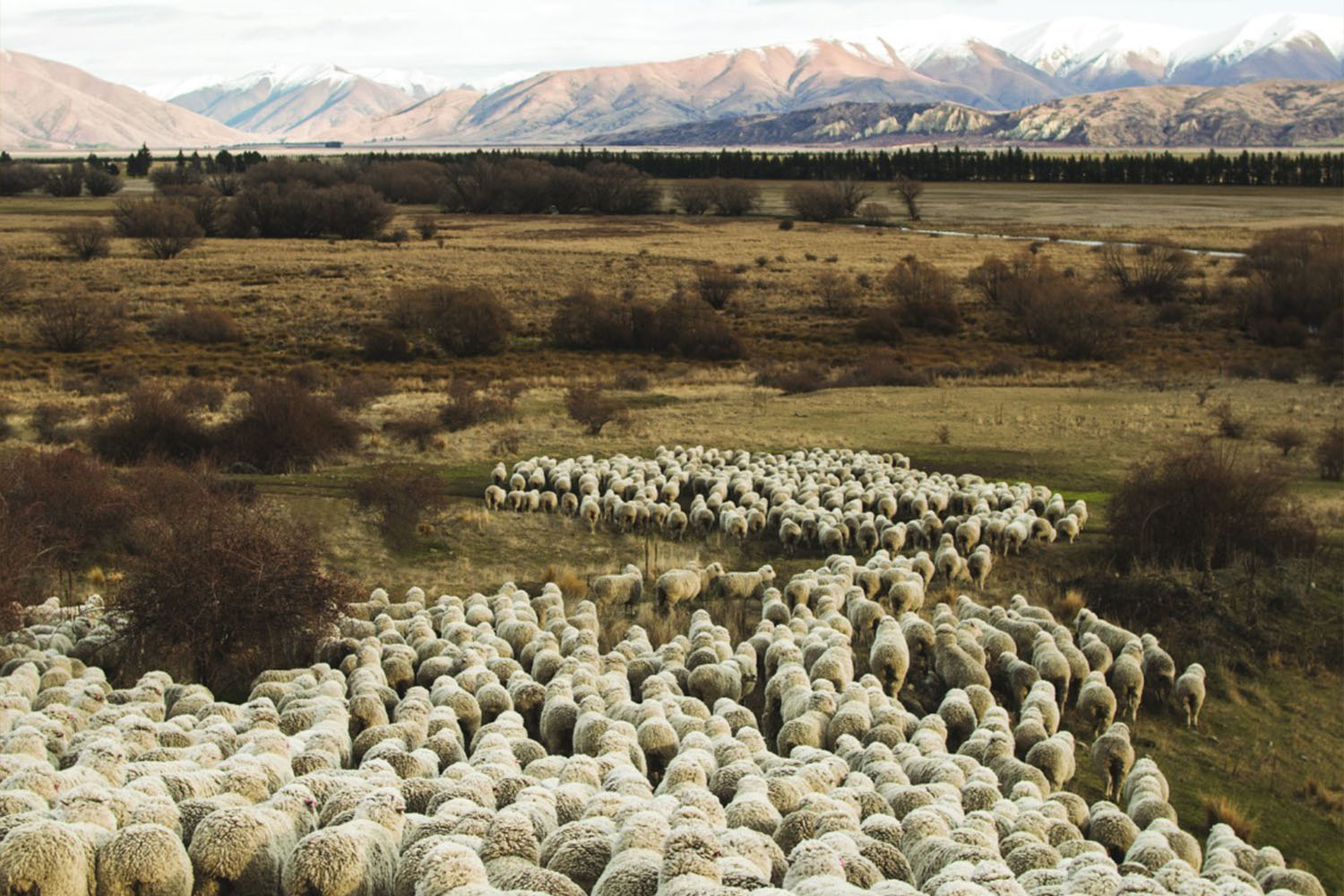
Merino is not new by any means. The general consensus is that the original Merino sheep were bred in the 13th and 14th centuries in Spain, mixing mid-Asian sheep with a species from England. Fast forward to 1801 when an American merchant named William Jarvis introduced Merino sheep to American soil in Weathersfield, Vermont, essentially jumpstarting the New England textile industry.
According to the Vermont Historical Society, the popularity of Merino farming exploded, with over one million sheep in the state by 1837. However, growing competition in the state and out west drove down Merino prices through the late 1840s and dramatically slowed the industry in America.
Merino remained largely a niche piece of the larger wool market through most of the 20th century until a resurgence began in the 1990s with the founding of Smartwool, icebreaker and IBEX. All three companies focused on Merino in specific ways and were far ahead of the outdoor-driven trends that dominate the apparel market today.
Review: This Merino Wool Puffer Is the Best Jacket We’ve Ever Run In
Enough with the layering. Ibex’s best-selling jacket is all you need.How Merino Wool Works
Merino wool took off in the outdoor market because it’s naturally built to perform in highly demanding conditions. Wool fibers can absorb a decent amount of water without actually feeling wet, which helps regulate moisture against the body. (This is why Merino is a very popular choice for skiing and snowboarding base layers).
That moisture also dries quickly because of the wool’s overall breathability. Although wool has long been a winter staple, it’s becoming more a part of summer attire because of that temperature regulation. Advances in the fabric (more on that below) are making lighter, stronger Merino blends for activities such as climbing and warm-weather mountaineering.
Wool is measured in a couple of ways, one being microns (the tiny diameter of a wool fiber), and the higher the micron, the thicker the resulting fabric. There’s also the grams per square meter measurement (gsm), with 150 gsm being a standard t-shirt weight, going up through the 200s depending on the desired performance of the garment (a winter base layer could be 230 or more).
Merino is also uniquely soft compared to other wools, it’s naturally antimicrobial and antibacterial and is potentially a material that’s better to use and harvest for the environment. Merino is largely dependent on natural resources, is 100% biodegradable and certain blends do not require any synthetics.
The Main Merino Wool Companies

“There is a trifecta of Merino brands for next-to-skin apparel,” says Jordan Todoroff, GM of Colorado-based IBEX.
Of the three companies dominating the merino market, IBEX is by far the smallest, as Todoroff notes, with a total staff of four compared to the more than 150 at Smartwool and 400-plus at icebreaker. The latter two are both owned by VF Corporation, and Todoroff was at icebreaker for a number of years pre- and post-acquisition before moving to IBEX.
Although IBEX’s scale is ultimately small, Todoroff notes that the company can move much faster, “making irresponsible marketing decisions and cooler fabrics,” and also try a wider range of Merino-based blends with a faster launch time.
The advantage the VF companies have is that they can lean into the broader infrastructure and innovation of a multi-billion dollar corporation to launch efforts like Smartwool’s Intraknit program. The brand’s VP of product, Anne Wiper, explains that the company is taking what it learned from socks and transferring that knowledge to garments for other parts of the body.
“With socks, you’ve got specific zones of cushioning and compression, and a big focus for us is on using our knit expertise in ways that are customized for the body,” she says.
Intraknit is a more fitted approach to Merino with fewer seams and more of a mix of insulation and ventilation where the brand thinks our bodies need it most. Due to the construction of the various items, they’re mostly a heavier weight. Probably best for late summer and cooler activities.
Over at icebreaker, Alicia Chin, director of sustainability & social impact for VF’s “emerging brands,” which includes the New Zealand-based brand along with Smartwool and running shoe company Altra, says icebreaker is continuing its focus on plant-based and “natural” fibers.
Environmental Responsibility as a Renewed Focal Point
One of the most touted attributes of Merino is its potential to be a much better choice for clothing in terms of its smaller environmental impact.
Merino comes from sheep, and when those sheep are responsibly managed and farmed, that can set off a chain of events moving through the supply chain, which could ultimately serve to repair the land where the sheep graze and live.
There’s a lot of conversation happening around the potential for regenerative wool, which VF is already supporting through ZQRX in New Zealand — growing the amount of wool VF sources from farms using regenerative agriculture.
Todoroff notes that this is a good initiative, but the standards for this program are self-managed by the suppliers, and he’s pushing his suppliers for a third-party verification, which would independently confirm the value and reach of the regenerative practices. Overall, it’s a good thing that Merino companies are doing the work here to promote the potential of regenerative agriculture.
Most Merino companies will be quick to mention the long-term durability of their products as well. According to Todoroff, Merino is a protein that can be bent and unbent 33,000 times, which in simple terms means you can pack a garment every day for the next 50 years and it wouldn’t lose any of its functionality.
“It also doesn’t need to be washed often,” he says. “Wash it when it stinks.”
When those products do reach the end of their useful life, Smartwool’s Second Cut program shows the potential of reintegrating at least a portion of those products into the material chain, creating something new.
Wiper explains that about three years ago, Smartwool was trying to figure out what to do with spent socks, single socks and general leftover fabric. Working with a manufacturing partner in North Carolina, they were able to devise a way to recycle Smartwool socks, separate the yarn, and then turn that material into dog beds initially, and now socks.
In July, Smartwool announced it passed the one million sock collection mark and plans to launch four new Second Cut styles for Spring 2024. Although there is still plenty of work to do on the circularity journey, Wiper admits that “the fact that we made it here is amazing.”
What’s Next for Merino
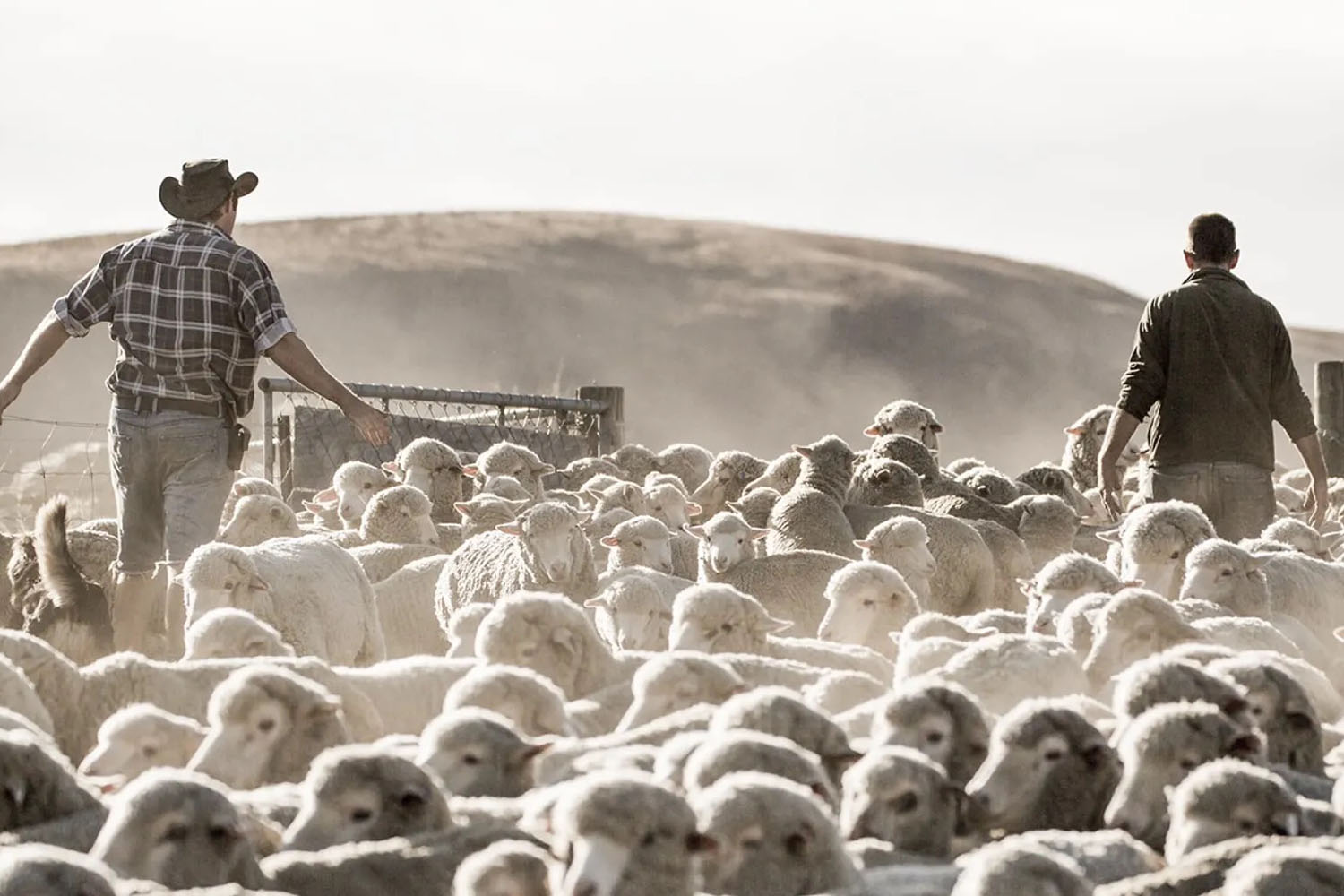
For all of the wonders of Merino, there hasn’t been much large-scale innovation since the triple crop of companies arrived on the scene in the mid-1990s.
The most promising next iteration of Merino is through the evolution of how the material is weaved together with Nuyarn as the most likely candidate to lead the way. Based in New Zealand, Nuyarn’s technology focuses on creating a different yarn structure that loses the traditional twists of Merino and adds in a particular filament to strengthen the bonds with no twisting required. The result is a finitely stronger version of Merino that performs at higher levels with less weight required. According to Nuyarn CEO Andy Wynne, the two-ply material is 35% stronger than traditional one-ply, and leads to the construction of products like a 95gsm climbing shirt for Black Diamond.
“By focusing on durability, we ultimately achieve sustainability,” Wynne adds.
Nuyarn already has several brand partners, including Allbirds, who used the technology for the upper and top part of its M0.0NSHOT “net zero-carbon” shoe. Wynne also says Nuyarn technology just completed its first trials with Patagonia, which could prove to be a much larger reach for the material.
“We can achieve at 125gsm that other brands have at 165-170gsm,” Wynne says.
Todoroff is cautiously excited about Nuyarn’s potential, saying that “without a doubt, it’s the best option for winter,” but there are a variety of other options that perform on a similar level in summer weight blends. Wiper didn’t recognize Nuyarn, specifically, but did say that Smartwool “kind of jumps into all the textiles that are compelling.”
It’s certainly an exciting time to be a Merino fan, with more options than ever and a definitive positive trajectory that will only serve to improve the tenacity and performance of this popular material.
We've put in the work researching, reviewing and rounding up all the shirts, jackets, shoes and accessories you'll need this season, whether it's for yourself or for gifting purposes. Sign up here for weekly style inspo direct to your inbox.
